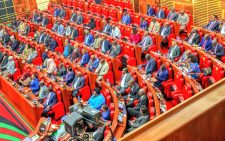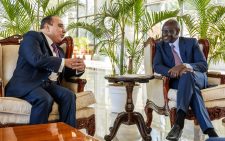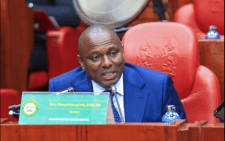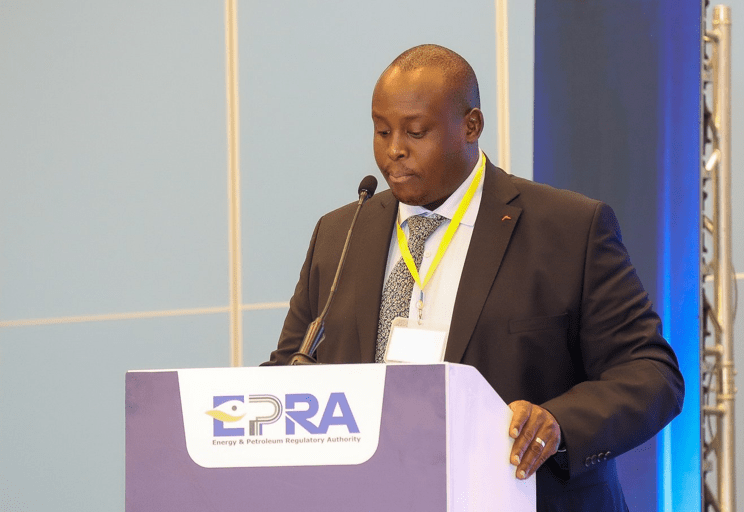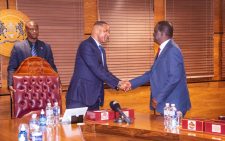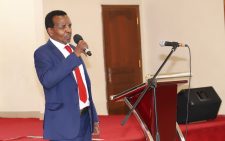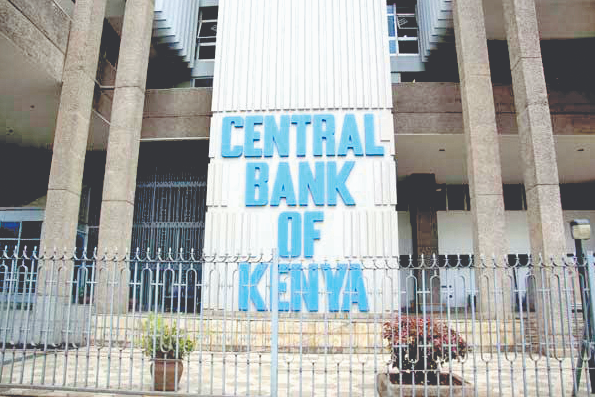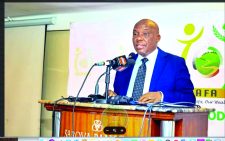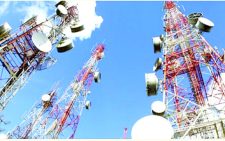Why Kenya should tap into regional energy integration
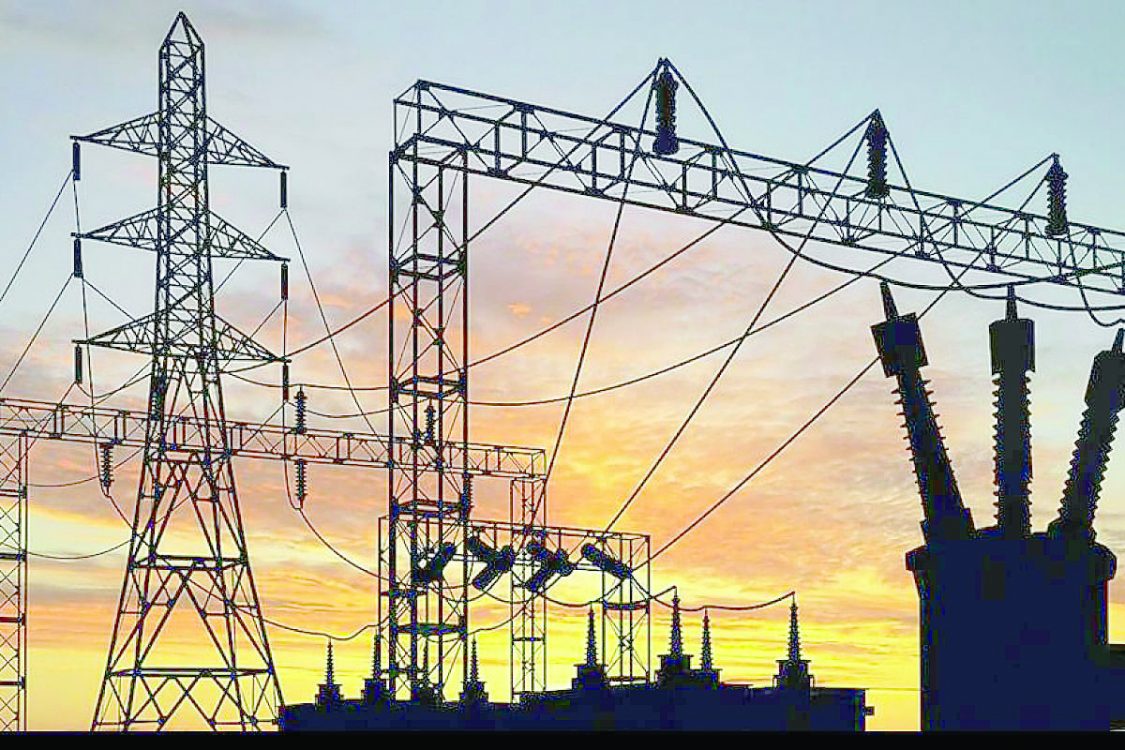
Kenya has been urged to tap into regional energy integration arrangement started in 2005 to help bridge electricity shortfalls and address the escalating prices. The Law Society of Kenya spelt out the need to the National Assembly Energy Committee amid increasing efforts to cut reliance on costly thermal power.
The system normally taps thermal power when the capacity of cheaper renewable energy subsides.
Kenya has been a party to the Eastern African Power Pool (EAPP) established to ease power exchange through the development of interconnected power lines across 10 countries.
The other nine members include Burundi, DRC, Egypt, Ethiopia, Rwanda, Libya, Uganda, Tanzania, and Sudan. Kenya has so far integrated its power lines with only Ethiopia and Uganda.
Ethiopia Electric Power (EEP) is currently the largest contributor to Kenya’s imported electricity through the 200 megawatts (MW) 25-year deal that started last November, with Kenya Power paying it a total of Sh327.48 million by End-May 2023.
Surplus electricity
“Collaborating with neighbouring countries for cross-border energy trade, sharing surplus electricity, and developing interconnectivity infrastructure can help optimise resources and reduce cost,” Collins Odhiambo, deputy secretary of public affairs at LSK told the energy committee.
The committee is investigating the escalating cost of electricity in the country which is mainly linked to the expensive power contracts signed between Kenya Power and Independent Power Producers (IPPs).
It hopes to uncover links between officials in the previous administrations, the Ministry of Energy and Kenya Power, who might have been engaged in corrupt dealings to help certain companies bag the lucrative power contracts. Kenya’s energy mix mainly comprises geothermal and hydroelectric plants. However, difficulties in filling dam reservoirs during the dry season often force Kenya Power to resort to expensive thermal energy to meet demand, pushing up consumer tariffs through energy charges.
With EAPP in place, Kenya can easily export during surplus levels and import affordable non-thermal power during need. However, there has been slow progress in expanding cross-border transmission lines to aid power exchange.
Ethiopia has been investing billions of dollars in its hydropower plants in a bid to outdo Kenya as the region’s leading power exporter, targeting to supply buffers to Somalia, Eritrea, and South Sudan.
Energy Cabinet Secretary Davis Chirchir revealed last month that Kenya is rushing to install meters along the 507-kilometre Kenya-Tanzania transmission line to allow power trade by December 2023.
“The line is finished and we should commission the line before the end of the year and this will allow the two countries to share excess power,” Chirchir said. Kenya has completed constructing its 93 Km portion of the Sh43 billion ($309.26 million) line.
The 400 Kilovolt (kv) line, which runs through Isinya-Namanga, will link East African and the Southern African electricity pools, enabling sharing of power between the two regions in a bid to boost steady supply.
State-owned Kenya Electricity Transmission Company (Ketraco) is currently the sole firm charged with building, maintaining and operating high-voltage transmission infrastructure within the country.
Purchase agreements
Among these includes the high-voltage Lessos-Tororo transmission line that links Kenya and Uganda which have had power purchase agreements since 1964.
Kenya imported 8.75 million units from Uganda last January and another 39.73 million units from Ethiopia.
The country is expected to increase imports to 600MW through the 1,045km long Ethiopia-Kenya Transmission Interconnection Line, which is part of the EAPP arrangement.
Currently, Ethiopia is exporting hydro-processed cheaper electricity to Sudan and Djibouti and last year, the horn of Africa nation earned $95.4 million from electricity exports to the two countries, according to EEP.
